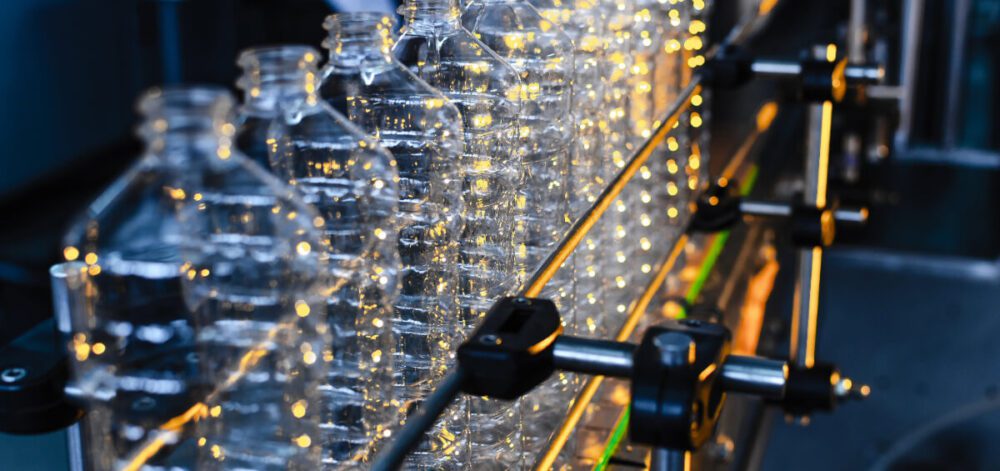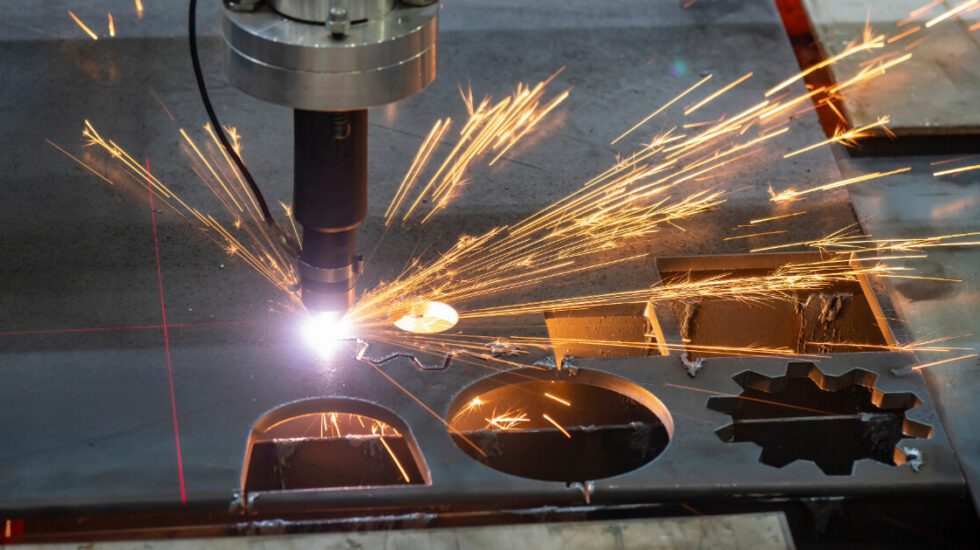SR&ED Tax Credits and Technological Innovation in Plastic Manufacturing
Plastic manufacturing continues to evolve as companies push the boundaries of material science, sustainability, and advanced production techniques. However, with innovation comes uncertainty, especially when developing new plastic formulations, improving manufacturing processes, and integrating emerging technologies. These technological challenges often qualify for Scientific Research and Experimental Development (SR&ED) tax credits, helping companies offset R&D costs while driving industry advancements.
Here are some key technological uncertainties in plastic manufacturing that could be eligible for SR&ED claims.
-
Developing New Plastic Formulations
Manufacturers often experiment with new polymer blends and additives to enhance strength, flexibility, or environmental resistance. However, determining the optimal composition can be challenging due to unknown interactions between materials.
Example: A company developing a UV-resistant plastic for outdoor applications may need to test multiple formulations to balance durability, cost, and manufacturability.
-
Novel Injection Molding Techniques
Injection molding is widely used for producing plastic components, but new designs and materials can introduce process challenges. Companies may face uncertainties in mold design, cooling rates, and material flow, requiring trial and error to optimize production.
Example: A manufacturer adopting thin-wall injection molding for lightweight automotive parts must experiment with pressure settings and mold geometries to prevent defects like warping or incomplete fills.
-
Recycling and Sustainability Efforts
With increasing environmental regulations, plastic manufacturers are focusing on recycling technologies and biodegradable plastics. However, developing efficient recycling processes or finding ways to incorporate recycled plastics into new products can involve significant R&D.
Example: A company developing bio-based plastics must perform testing. This includes different compostability rates, strength properties, and processing methods to ensure performance matches traditional plastics.
-
Advanced Quality Control Systems
Ensuring consistent quality in plastic manufacturing, especially in high-precision industries like automotive and medical devices, requires advanced inspection technologies. However, automating defect detection with AI or real-time vision systems presents challenges.
Example: A manufacturer implementing AI-driven quality control for injection-molded parts may need to refine algorithms to detect micro-defects. This can lead to experimentation with sensor accuracy and data processing methods.
-
Lightweighting and Material Reduction
Reducing plastic component weight while maintaining strength is essential for industries like automotive, aerospace, and packaging. However, thinner materials can lead to unexpected performance issues. This can in turn require R&D to refine designs and manufacturing techniques.
Example: A packaging company developing ultra-thin plastic bottles must experiment with wall thickness optimization and material blends. This will ensure durability while minimizing plastic use.
-
Nanotechnology in Plastics
Integrating nanomaterials into plastics to enhance strength, thermal stability, or conductivity is a cutting-edge area of research. However, material dispersion, compatibility, and process integration remain technological uncertainties that require systematic experimentation.
Example: A company incorporating carbon nanotubes into plastic composites for EMI shielding must conduct multiple trials. This will ensure even distribution and maintain process consistency in large-scale production.
-
Additive Manufacturing (3D Printing) with Plastics
While 3D printing revolutionizes plastic manufacturing, uncertainties in material behavior, print resolution, and bonding strength can limit scalability. Manufacturers may need to refine printing parameters, support structures, and post-processing techniques.
Example: A medical device company 3D printing biocompatible plastic implants may experiment with layer bonding techniques to ensure long-term durability and patient safety.
-
Plastics in Medical Devices
Medical-grade plastics must meet strict regulatory and performance standards. But developing biocompatible, sterilizable materials without compromising durability can be challenging. Companies may need to experiment with new resins, coatings, and sterilization methods.
Example: A company designing plastic surgical instruments may need to test gamma sterilization effects on material strength, requiring extensive R&D to maintain compliance.
How SR&ED Tax Credits Support Plastic Manufacturing
Many of these technological uncertainties require systematic research, testing, and iteration—key elements for qualifying under the SR&ED tax incentive program. To maximize claims, plastic manufacturers should:
- Document each technical challenge and attempted solutions
- Track experimental iterations and material/process modifications
- Maintain records of testing methodologies and performance results
By leveraging SR&ED tax credits, plastic manufacturers can fund innovation, stay competitive, and drive sustainable advancements in the industry.
Need help identifying SR&ED opportunities? Contact Ayming Canada to maximize your R&D tax credits and accelerate your innovation.
How Ayming Canada Can Help Your Plastics Manufacturing Company
The plastic manufacturing industry is evolving rapidly, with advancements in sustainability, automation, and material science creating new opportunities and challenges. Whether developing next-generation materials or refining advanced manufacturing techniques, companies that invest in R&D can benefit from SR&ED incentives to offset costs and stay ahead of the competition.
Contact us today!
One of our experts will be in touch shortly.














No Comments